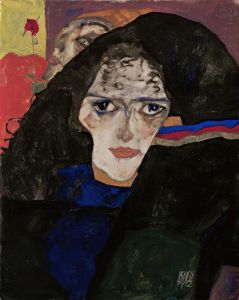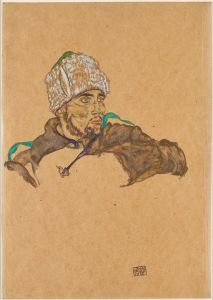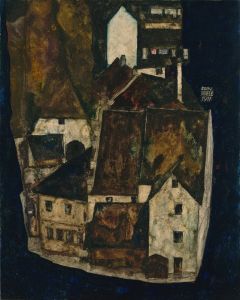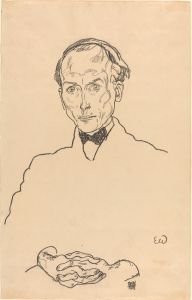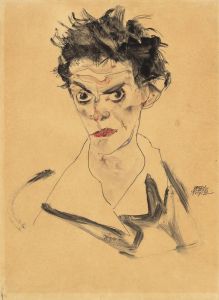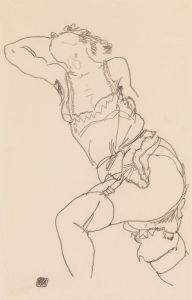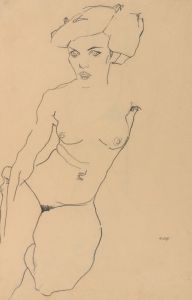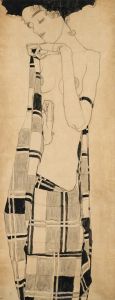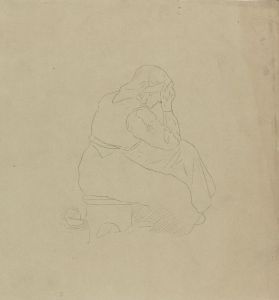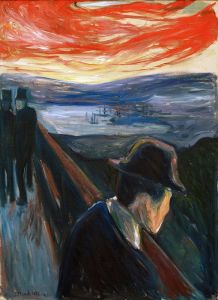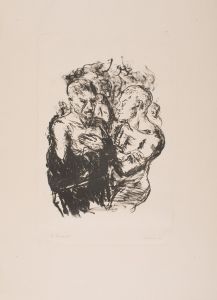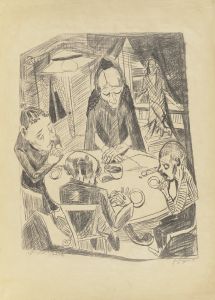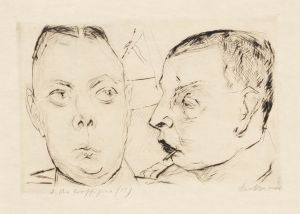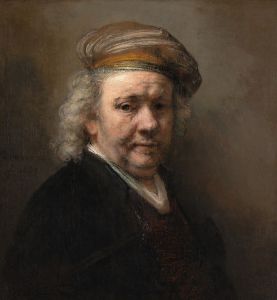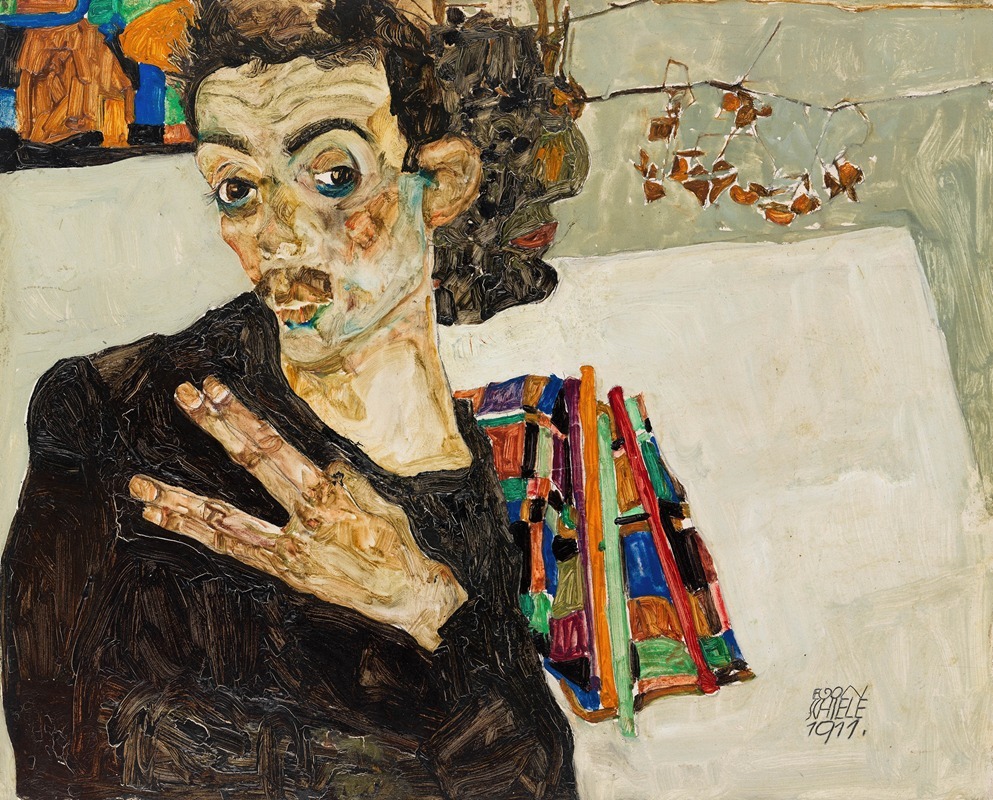
Selbstbildnis
A hand-painted replica of Egon Schiele’s masterpiece Selbstbildnis, meticulously crafted by professional artists to capture the true essence of the original. Each piece is created with museum-quality canvas and rare mineral pigments, carefully painted by experienced artists with delicate brushstrokes and rich, layered colors to perfectly recreate the texture of the original artwork. Unlike machine-printed reproductions, this hand-painted version brings the painting to life, infused with the artist’s emotions and skill in every stroke. Whether for personal collection or home decoration, it instantly elevates the artistic atmosphere of any space.
Egon Schiele, an Austrian painter known for his intense and raw expressionist works, created several self-portraits throughout his career, which are often referred to as "Selbstbildnis" in German. Schiele's self-portraits are significant for their psychological depth and distinctive style, characterized by bold lines, stark contrasts, and an often unsettling portrayal of the human form.
Born in 1890, Schiele was a protégé of Gustav Klimt and became a prominent figure in the early 20th-century Viennese art scene. His work is often associated with the Expressionist movement, which sought to convey emotional experience rather than physical reality. Schiele's self-portraits are a testament to this approach, as they frequently explore themes of identity, mortality, and existential angst.
One of the defining features of Schiele's self-portraits is his unflinching examination of his own image. He often depicted himself in contorted poses, with exaggerated features and a gaunt, almost skeletal appearance. This style was not merely an aesthetic choice but a reflection of Schiele's interest in the human psyche and the complexities of self-perception. His self-portraits often convey a sense of vulnerability and introspection, inviting viewers to engage with the emotional intensity of his work.
Schiele's use of color and line further enhances the impact of his self-portraits. He employed a limited palette, often using muted tones that contrast sharply with the stark lines of his figures. This technique draws attention to the contours of the body and the expressions on the face, emphasizing the emotional content of the work. The lines in Schiele's self-portraits are often jagged and angular, adding to the sense of tension and unease that permeates his art.
Throughout his career, Schiele's self-portraits evolved in style and complexity. Early works often focused on the physical form, while later pieces delved deeper into psychological and existential themes. Despite the variations in style, all of Schiele's self-portraits share a common thread of introspection and self-exploration. They reveal an artist who was deeply engaged with questions of identity and the human condition.
Schiele's self-portraits also reflect the broader cultural and artistic currents of his time. The early 20th century was a period of significant social and political upheaval, and many artists sought to capture the anxieties and uncertainties of the era. Schiele's work, with its focus on the individual and the inner self, can be seen as part of this larger movement towards expressionism and modernism.
Egon Schiele's self-portraits remain influential in the art world today, admired for their emotional depth and innovative style. They offer a window into the mind of an artist who was unafraid to confront the complexities of the human experience, making them enduring works of art that continue to resonate with contemporary audiences.





